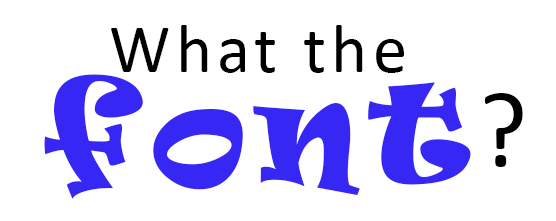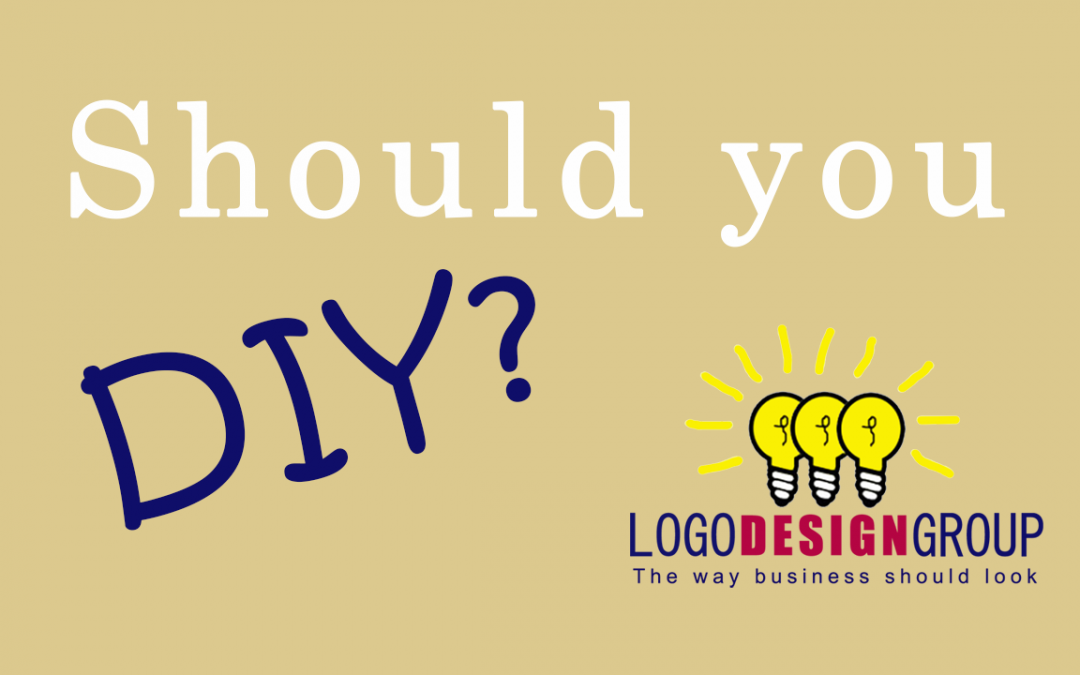Professional logo vs. Homemade
Soup and chocolate chip cookies are best made at home. Logos are not.
Your company logo is often the first element of your business that prospective customers see. As they say, you never get a second chance to make a first impression. More importantly, the image of your logo will become cemented in the mind of your customers as an icon that symbolizes everything about your company–what it stands for, what customers can expect of it, and how you are unique. Think of it as the engine of your business.
If your car broke down, would you entrust the repair of your engine to your nephew, friend or neighbor?
Probably not.
Some amateur designers can make a gorgeous logo. No question about that. But logo design is not about pretty pictures. It’s one of the most complicated and “artistic” aspects of graphic design. A good logo doesn’t just look good, it works for you.

It’s not exaggeration or profession territorialism when we say that logo design is a job for professionals best left to professionals. Logos are symbols. Symbols, from simple cave drawings to complex Renaissance religious iconography, are basic to human communication. They very often generate an emotional reaction long before they coax an intellectual one from us.
What a logo designer (or any graphic designer in any design situation) does is use color, shape, form, typography and composition to influence and, to some degree, manage the emotional reaction fo the viewer. Just how that is done is based on hundreds of years of understanding of how readers interact with pages and layouts, symbols and designs passed down from designer to designer through apprenticeships and formal schooling.
These conceptual and practical understandings extend beyond just the design process. Average designers are makers of pretty pictures. Good designers are counselors and strategists.
For example, it’s not uncommon for a client to ask us to use his or her favorite typeface (font) in a logo design. Why, we ask? “I just think it looks good.” Fair enough. At that point, we’ve found that with an amateur designer, the conversation ends: typeface is used, logo is created.

As professionals, however, we have to ask more questions. Why do you like that typeface? Does that face match what you are trying to say? Does it counter the other visual elements in your logo? Is it inappropriate for your industry or business?
Typeface does matter
Type, like any other graphical element, has meaning. Bold, serif (having little feet at the bottom of the letters) faces like Times New Roman, transmits feelings of reliability and authority. Perfect for a bank (a variation is on US money) but not for a water slide park.
Arial, a standby on PCs for years, is a factual but stocky and rigid face. It’s fine for some purposes, such as headers and presentation graphics or lables, but is a little awkward in large paragraphs. We have never used it in a logo. There are other, better sans serif (no feet)faces that do wonders at suggesting a symphony of nuanced meanings: futura (tall, bold, demonstrative, open); gentle sans (a happy face, its letter forms seem to chuckle whimsically); gill sans (like gentle sans but more austere). Which to use is a matter of experience mixed with learning.
Color has meaning. Line direction and weight have meaning. All of these elements play into making a successful logo. Little of the knowledge of the subtleties of design come packaged with Photoshop or Illustrator design programs.
How can you tell an amateur job from a professional one?
When you shop for your next logo, sit down with the designer’s portfolio and start evaluating. Look for the obvious first: badly aligned elements, type that doesn’t flow well, awkward illustrations, the use of clip art. Then look for things that are not as obvious, characteristics that require you to think a bit yourself: does the logo tell about the business or is it just a collection of pretty shapes and colors? Does the typeface match the business or compete with it? Does the logo just not make sense?
While you might not consider yourself and expert, you ARE! You are a consumer, and you see logos every day. You can say better than anyone else, perhaps, if a logo works or fails. Ask yourself if you can picture it on a business card? Stationary? A store sign? A vehicle? (That is why we include “real world” applications of our work in the Case Studies section of our consulting website, BackBurner Marketing. It’s shows that we are not just making logos. And we live by what we say here.)
There are a lot of amateurs on the web. There are some truly talented professionals, as well–fewer of them, of course, but they are there. One point to remember is that it’s easier to design a logo that is used on the web…print (lithography) requires a much more precise, versatile logo that can work in one color and survive the cut-and-dried demands of the pressman.
That’s a large part of why the Web has been the home of so many amateurs-posing-as-professional logo workshops: it’s much easier to look good online. The portfolio of a professional logo designer will have a lot of one- and two-color logos. Why? Because that is what works.
Choose your designer carefully. Use the same discretion you would were you to be getting eyeglasses or auto repair or a new roof put on your house. You don’t want a slack job. Professional designers give you the results you and your business need and deserve–results clearly different from that which one gets from an amateur or casual designer.


